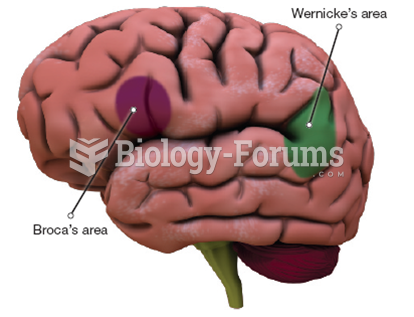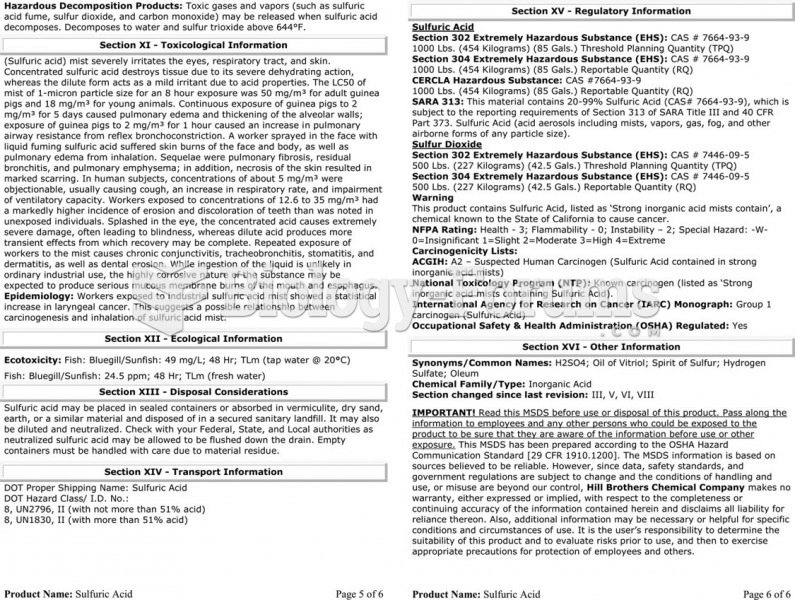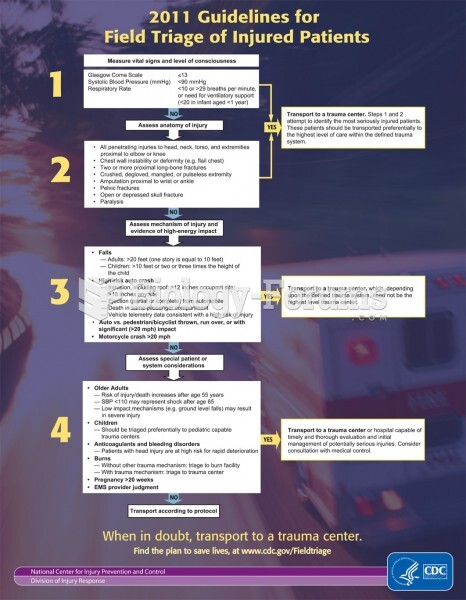|
|
|
Serum cholesterol testing in adults is recommended every 1 to 5 years. People with diabetes and a family history of high cholesterol should be tested even more frequently.
IgA antibodies protect body surfaces exposed to outside foreign substances. IgG antibodies are found in all body fluids. IgM antibodies are the first type of antibody made in response to an infection. IgE antibody levels are often high in people with allergies. IgD antibodies are found in tissues lining the abdomen and chest.
There are approximately 3 million unintended pregnancies in the United States each year.
Vaccines prevent between 2.5 and 4 million deaths every year.
After a vasectomy, it takes about 12 ejaculations to clear out sperm that were already beyond the blocked area.







